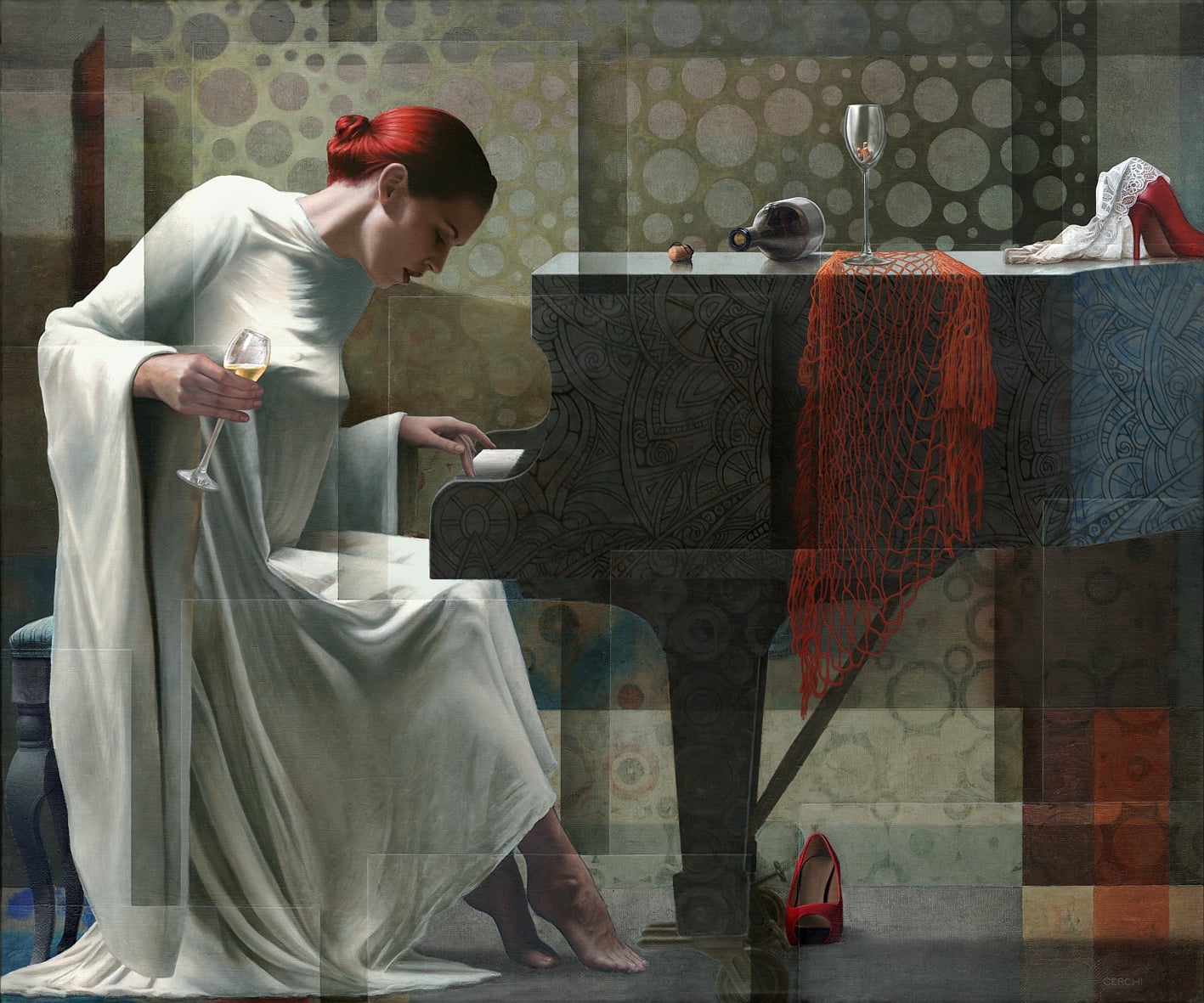"Lei era appoggiata al pianoforte, e il suo sguardo ardente come brace era su di me. La mia anima aveva trovato un porto.
Mi prese una sorta di languore, nondimeno mi ritirai dal pianoforte con soggezione.
L’ho rivista in seguito altre volte nel suo salotto, con persone dell'aristocrazia francese.
Poi un’altra volta che si trovava sola.
Mi ama, Aurora è un nome magico. La notte è sparita".
Con queste parole, il compositore polacco Frédéric Chopin (1810-1849) descriveva nel suo diario, il 10 ottobre 1838, l'incontro a Parigi con la scrittrice Francese George Sand, orgoglioso di essere oggetto non solo del desiderio, ma anche delle attenzioni e delle tenerezze di una donna che, a Parigi, era già considerata una celebrità.
Eugène Delacroix | Portrait of Frédéric Chopin and George Sand, 1838 (unfinished)








